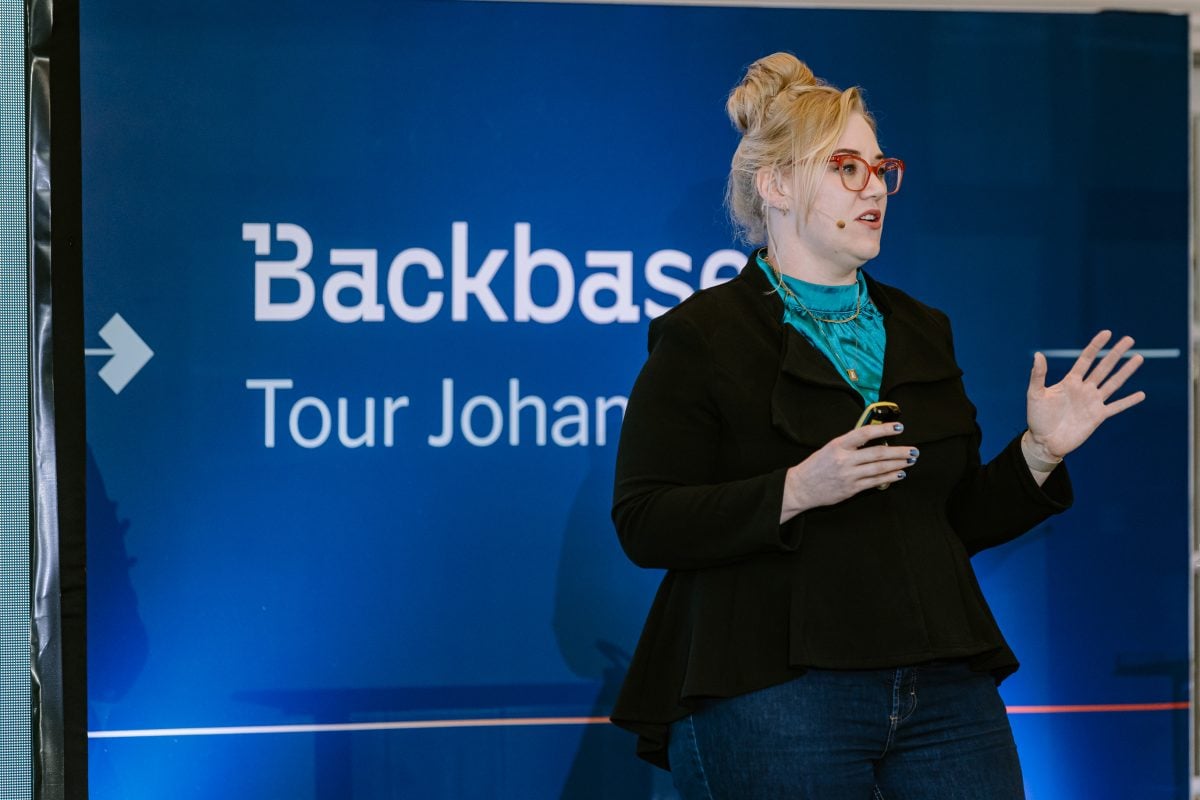This article was produced with the support of Backbase
Despite the growing focus on and investment in digital transformation, many companies are yet to see the results they hoped for. Often, these projects also go over budget and beyond schedule, which can have executives questioning whether the benefits will be worth the time and investment.
According to the 2023 Gartner CIO Agenda Report, 59% of digital transformation projects take too long to realise value. However, digital transformation remains an imperative in modern practice and can be exceptionally beneficial to businesses and customers alike if handled properly.
In a joint presentation, Heidi Custers, digital transformation director at Backbase and Ashley Chetty, head of digital channels, Standard Bank South Africa, explained how banks can get digital transformation right.
Custers said that developing an authentic relationship with customers has to be based on fully understanding their motivations. The customer has a set of goals in mind and the bank is merely the channel through which those goals can be met.
“People do not want banks; they want banking,” she said. This can be discerned from customers’ preference for fintech, telcos and other non-banking platforms that offer financial services.
Without fully understanding customers, banks can end up building products that do not actually address the issues that they have or that fit in with their approach as consumers. “If you just understand what they are asking for, the really cool products and services will just become evident.”
Ashley Chetty said understanding the customer and predicting their needs before they become complaints enables organisations to address those needs proactively.
Banks also need to define the personas of their customers and be sure that they are still relevant by the time they bring the products to the market.
“By understanding those personas, organisations can develop products that meet the needs of those customers, which leads to higher customer satisfaction, increased loyalty and ultimately, better business outcomes, ” he said. Getting the product right also means getting constant feedback from customers before and after launching.
Chetty observed that a robust business plan provides a roadmap for implementation, aligns key stakeholders around a coherent vision and provides a framework for measuring progress. “Ultimately, the success of a product depends on meeting the expectations of the customer.”
Custers cautioned against delaying the launch of a product to get it perfect. “Our studies at Backbase show that that actually results in a reduced peak because you do not operate in a vacuum. So while you wait, your competitors could launch a similar product that while not perfect, may address one or two customer pain points.”
She said organisations that delay market entry may find themselves struggling to catch up with earlier entrants. It is better to get the product in the market and then innovate and iterate. It is also important to know when and how to differentiate. Companies can, for example, use the Backbase software out of the box and adapt as they go along. Knowing when to balance the trade-offs will enable companies to capture predictable execution as well as business value.
Custers argued that not all companies are, in fact, software companies. Taking this aphorism too literally has led to companies creating mountains of technical dirt and reducing their chances of succeeding.
Chetty agreed, saying “For us, the one thing we have learnt from our partnership with Backbase is that it is crucial to tap into an ecosystem of experts who bring their knowledge and experience to give you something that is relevant today.”


 Sign in with Google
Sign in with Google 



